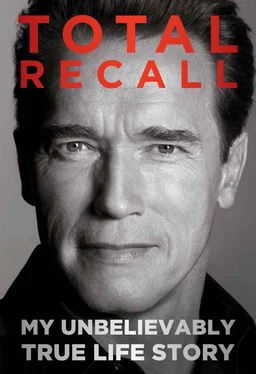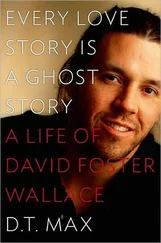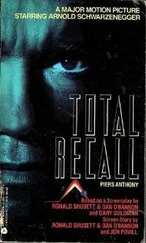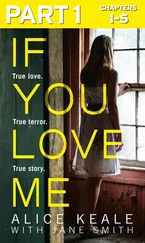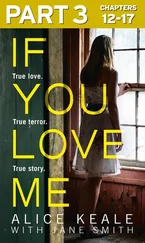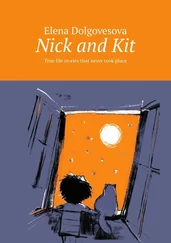All that carried a certain price tag. Conan was a complicated project, so Buzz, Raffaella, the designer, the location scout, and others on the production team had to factor in a thousand other items. How many horses would we need, and how many stunt riders? Were they available in Spain, or would they have to be brought in from Italy or other places? Did Spain have the right kinds of desert, mountain, and seaside locations? Could we get permission to shoot there? What about historic ruins? And, of course, Raffaella and Buzz wanted to stay within the budget, so they were constantly looking for deals.
They sized up other countries too, and within a remarkably short time, they were able to come back to the studio with a rundown. “In Spain, we can shoot the movie for eighteen million,” they said. “In Italy, it will cost us thirty-two million. Or we can do it in Las Vegas and build the sets in the Nevada desert, and it will cost even more. Or we can do it on soundstages in LA, and it will cost even more.”
The choice was the same as always in modern movie production: between countries with an established moviemaking industry and labor unions, like Italy, and entrepreneurial, nonunionized countries like Spain. Unions or not, Dino had a reputation for getting things done. When he wanted to shoot sixteen hours a day, he shot sixteen hours a day. He was very powerful in that way, and people in Hollywood knew it and didn’t mess with him. If the studios wanted a movie done for a certain price, they worked with him. In this case, he backed Raffaella and Buzz when they picked Spain. “We’ll have to build the whole thing in a warehouse,” they told the studio, “but it’s still much cheaper than using real soundstages where labor can hold us up.” We definitely had no labor problems on Conan . Everyone worked together. If a shot needed to be changed quickly, everyone lifted lights and moved things around.
In fact, Spain was a great place to shoot in every way, with one little exception: the stunt guys took too long to die. Milius would tell them over and over, “When he cuts you, just drop.” Instead, they would fall theatrically, get partway back up, fall down again, gasp—this was their moment, and they were going to play it to the hilt. I’d be busy slaying my next opponent when I’d hear Milius shout to the guy behind me, “You’re dead! Stay down! He cut you, don’t move!” But they were like zombies. Finally Milius offered to pay them extra if they died immediately and stayed dead.
These were the kinds of things they don’t teach you no matter how many years you go to acting class. For all the talk about sense memory and getting into character, no one prepares you for what to do when the wind machine is blowing snow in your face and you’re freezing your ass off. Or when somebody’s holding a measuring tape up to your nose to mark the focus on a shot. Then how do you do all this sense-memory shit? All that stuff about being in the moment goes out the window.
There’s a whole production going on while you’re trying to act. You have to deal with the distractions of 150 people on the set working and talking. The lighting guy is putting up ladders in front of you and saying, “Can you move? I don’t want to drop a lamp on you.” The soundman is fooling around with your waistband to put on a battery pack. The boom guy is shouting at the camera guy to get out of the way. The set designer is saying, “I need more plants in the background, guys.” The director is trying to coordinate. The producer is screaming, “In five minutes we have to get lunch! If you want the shot, get it now!”
Then the director says, “Arnold, look your opponent in the eye. Head straight up. Dominate this scene.” This sounds good: we’ve worked on that in acting class. Except what if he has put you on a horse that’s very lively? The horse is spinning and rearing up. How do you look dominant when you’re scared that the horse will go nuts and throw you off? So you have to stop and rehearse with the horse. Under those circumstances, how do you act real?
I’d never done a love scene on camera and found it really strange. A closed set means that you can’t bring guests, but you still have endless people looking on: the script supervisor, the lighting techs, the camera assists. And you’re naked. No one in acting class ever talks about what to do in a nude scene when you really get excited. In sex, one thing leads naturally to another. It can be embarrassing. They say you should stay in character, but that’s not really what they want, trust me. All you can do is try to think about something else.
Even though the set was supposedly closed, the sex scenes seemed to have a magnetic effect. After Conan escapes from the wolves, he is seduced by a witch who puts him on the trail of Thulsa Doom. Cassandra Gava, who was playing the witch, and I were rolling around naked in front of a roaring fire in the witch’s stone hut. Out of the corner of my eye, I noticed the walls of the hut move. A little gap opened in the corner, and I could see a pair of eyes glinting in the firelight.
“Cut!” Milius called. “Arnold, where you looking at?”
“Well, actually,” I said, “it’s the funniest thing. I saw that corner of the room move apart, and I think I saw eyes peeking through.” A guy ran behind the set, and we heard voices. Then Raffaella came out looking totally sheepish. She said, “I’m sorry, but I just had to peek!”
Conan’s true love in the film is Valeria. Sandahl Bergman had never done love scenes either and felt just as awkward as I did. I was somehow supposed to be this weird combination of a barbarian and a gentleman, but not too much of either. It was hard to get in the mood because you don’t have a chance to practice with your costar; you just have to start mechanical and cold. On top of all that, Sandahl and Terry Leonard the stunt chief had fallen in love, and I was intensely aware that he was standing by probably ready to rip off my head. Meanwhile, Milius was working hard to avoid the censors, saying things like, “Arnold, can you move your behind so it’s in that shadow there? And make sure you hide her breasts with your arm, because we can’t have nipples in the shot.”
The action scenes had perils of their own. Conan lives in a world of constant danger. You never know what’s going to attack you in the fantasy world. It could be a snake one day and a wolf-witch the next. When shooting such scenes, I had to be on my toes.
Doing battle with a giant mechanical snake left me sore for a week. The sequence was in the middle of the movie, where Conan and his allies sneak into the Tower of the Serpent and steal some of the cult’s precious jewels. We were supposed to climb the tower (actually a forty-foot-high set built in the abandoned air force hangar) and then lower ourselves into a dungeon ankle deep in garbage and the bones of sacrificial virgins. The snake, thirty-six feet long and two and a half feet wide, was a replica of some kind of boa constrictor, operated remotely and animated with steel cables and hydraulic pumps capable of exerting nine tons of force. It turned out to be pretty hard to control, and the operator hadn’t practiced enough. One time it coiled around me and started slamming me against the dungeon wall. I was yelling to him to ease up. In the script, Conan kills the snake, of course: Subotai crawls out of a tunnel to find his buddy in danger and tosses him a broadsword, which Conan, in a single, swift motion, catches by the hilt and chops into the snake. I had to grab the heavy sword and strike a precise point behind the snake’s head to trigger the exploding blood pack. Conan, of course, has to be totally confident as he does all this. But part of me was thinking “I hope this goes well.” I’m proud to say that two and a half years of training paid off, and I nailed it in the first take.
Читать дальше
